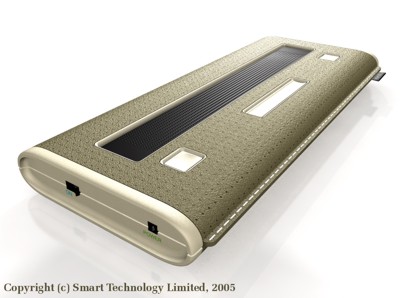
Welcome to ITACTI
|
|
|
|
| Home | ||
| Objectives | ||
| Partners | ||
| Deliverables | ||
| ITACTI Device | ||
| Contact Us | ||
|
|
|
Single Line Array Progress - 128x4 dots

|
"First Touch" of a single line ItactI display by a Braille user took place at a consortium
meeting in Italy on 7 February 2004. Penny, a Braille user who has been registered blind since birth,
described the feel of the display as "beautiful, it feels like a good quality sheet of printed Braille,
not a mechanical display that I am used to." |
Recognition by the consortium that the refresh rate is in important feature in refreshable
Braille devices, led to a possible alternative to the single line device being investigated.
The refresh rate of any ItactI device is mostly determined by the flow rate of the ER-fluid and only depends
on a very small percentage on the number of horizontal rows (each row usually contains 128 dots). Therefore
there is no time penalty in increasing the number of rows over the standard four used in the single line.
It was thought a three Braille line display of 1792 dots, giving a possible of 126 cells, would give the
user more functionality and hence more value for money. This three line device, or any multiple line device,
could be configured differently depending on the situation. For example it could have more than one line of
text, basically be used the same as a 80 or 120 cell display, and work with existing screen reader software.
Or it could have one or two Braille lines and one dedicated line of status cells, or with the integrated
touch screen (over each dot) one line could represent icons/shortcuts.
And of course it could be used for simple 14 row (or 12, or 16 etc.) graphics like mathematics or navigation.
To emphasise their desire to market the newly developed technology, the industrial partners presented to the
EC some concept drawings of marketable designs. The concept drawing for the multi line (internally called MLD)
tactile display is pictured below.
The video display bellow shows a single line display in action
 |
Page Last Updated: 26 June 2005
